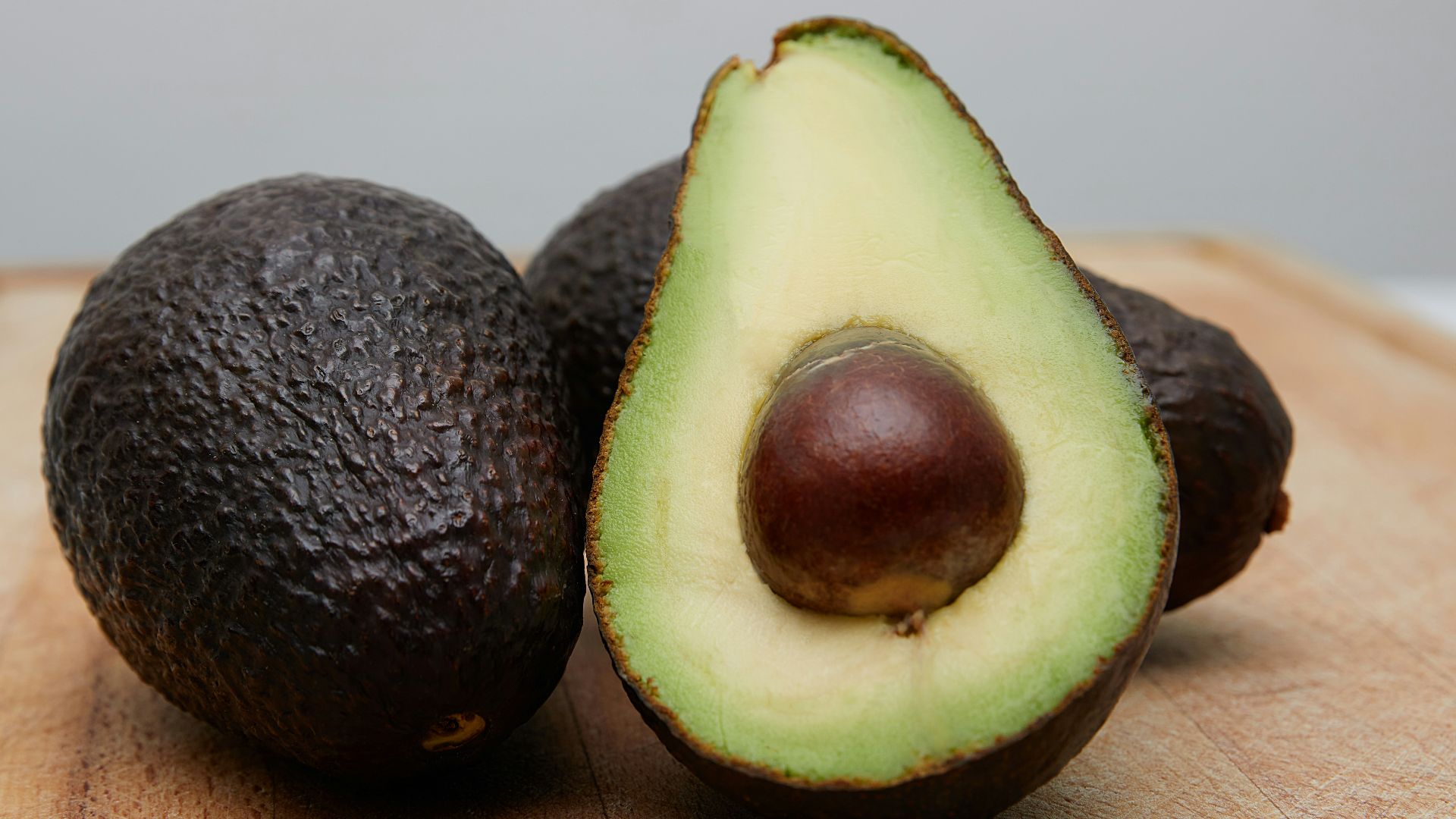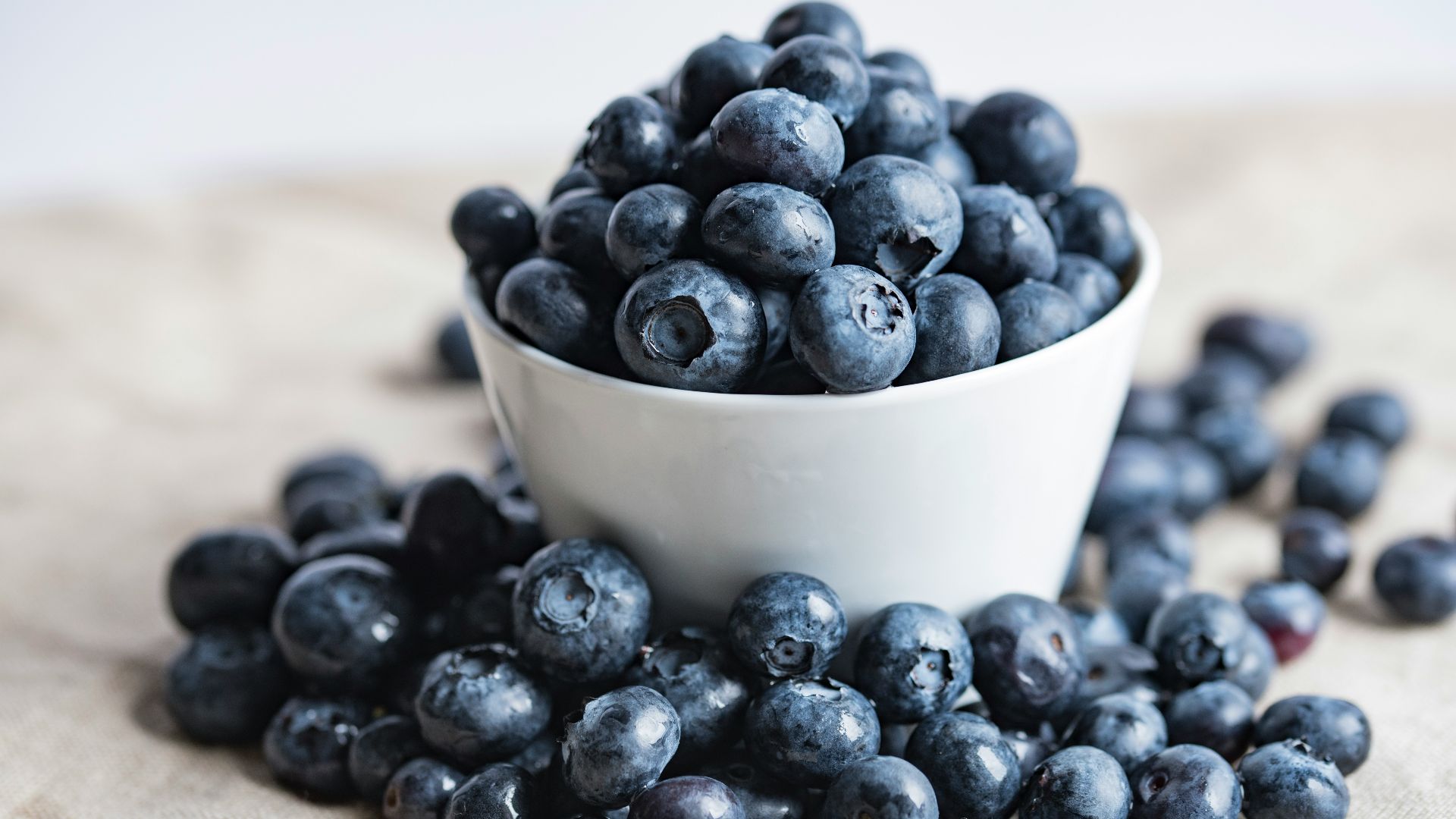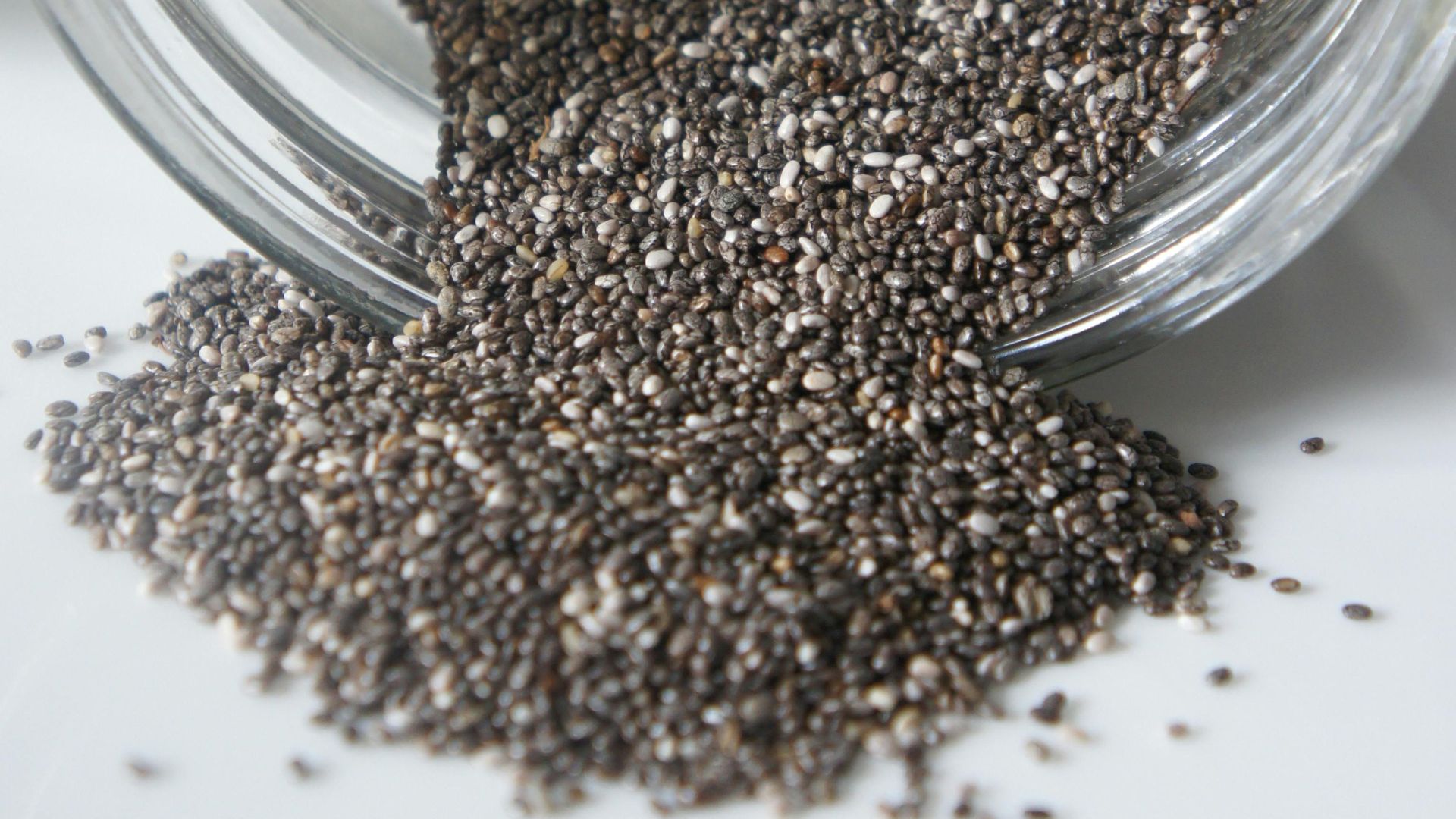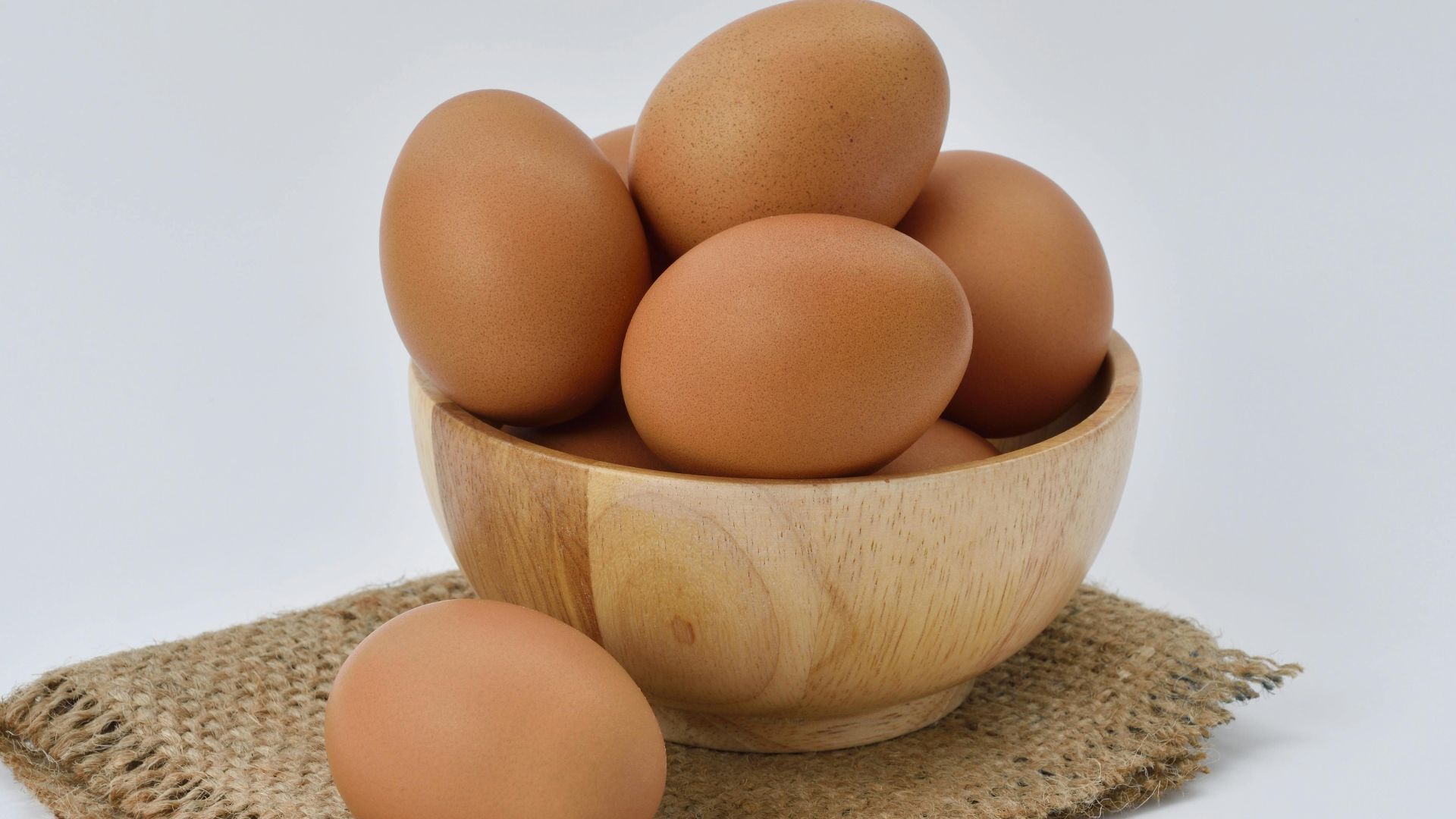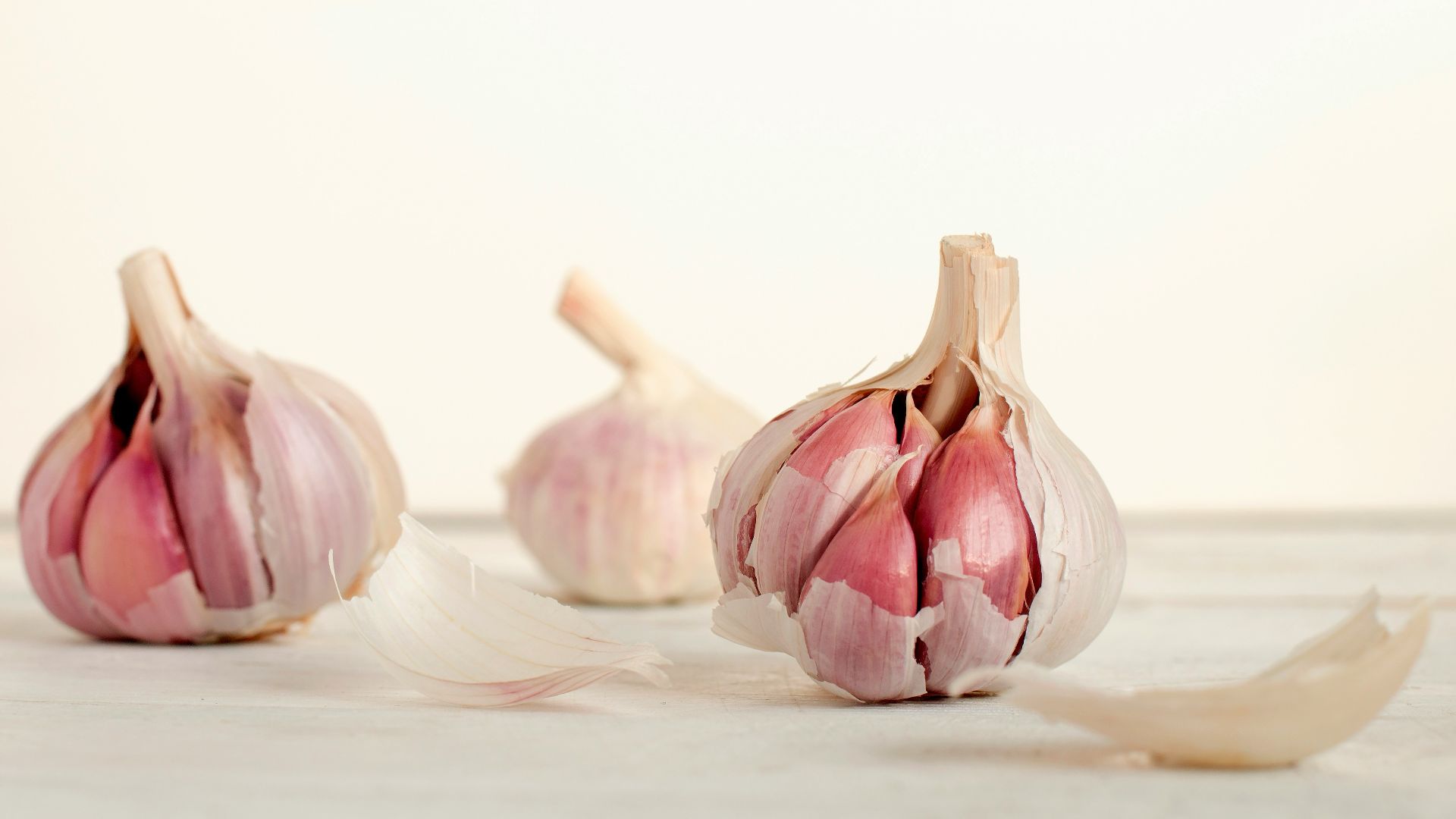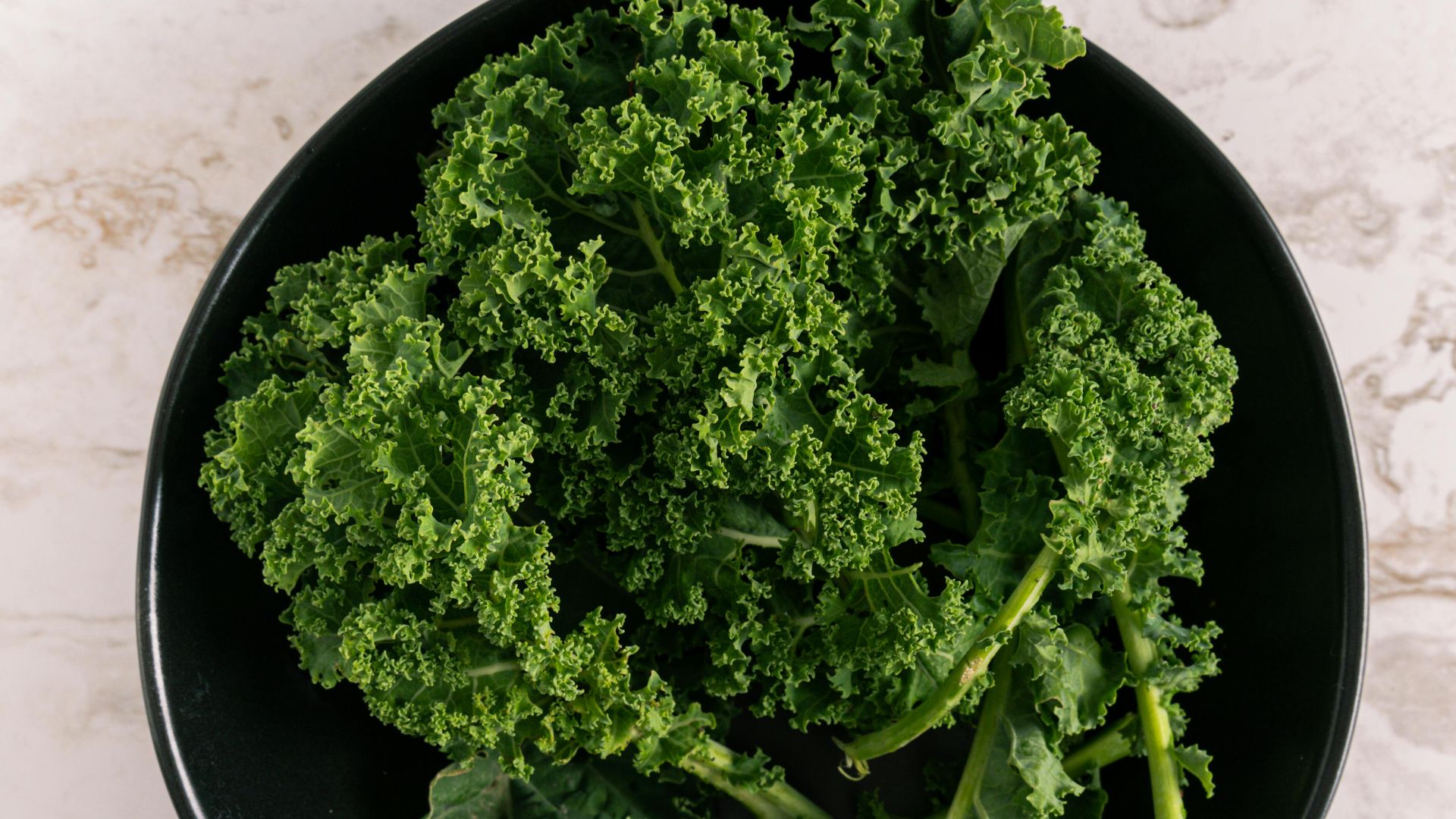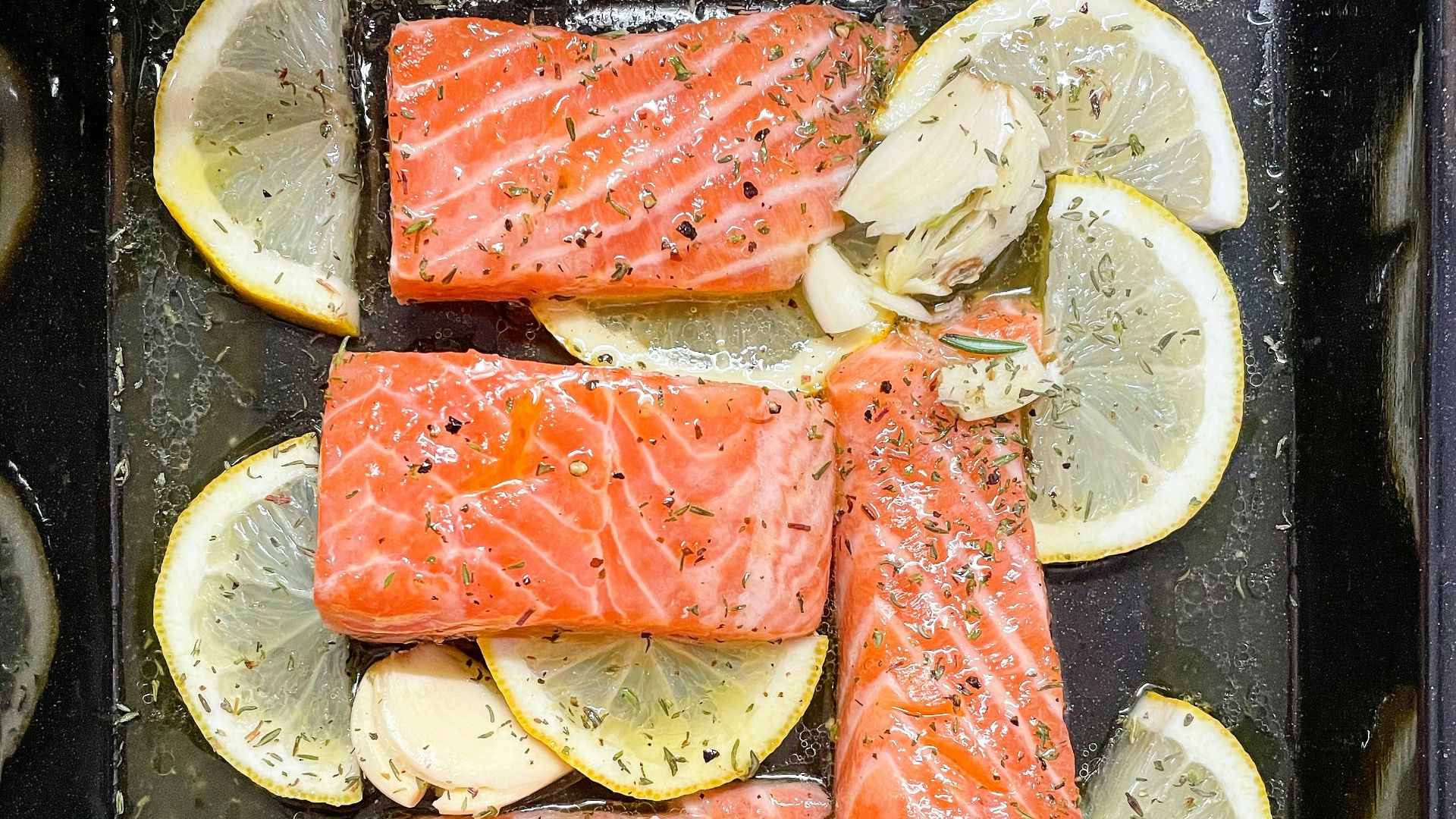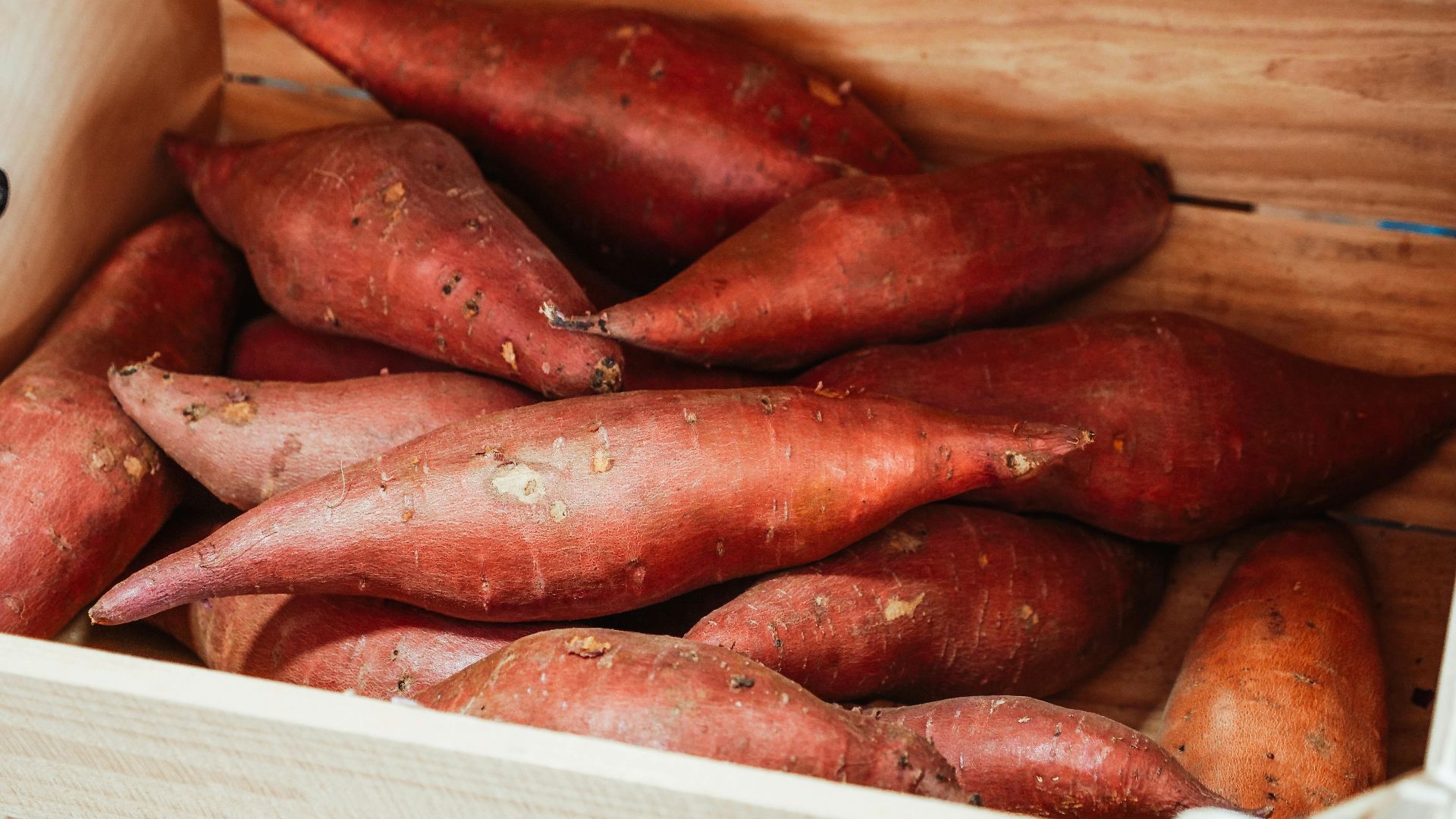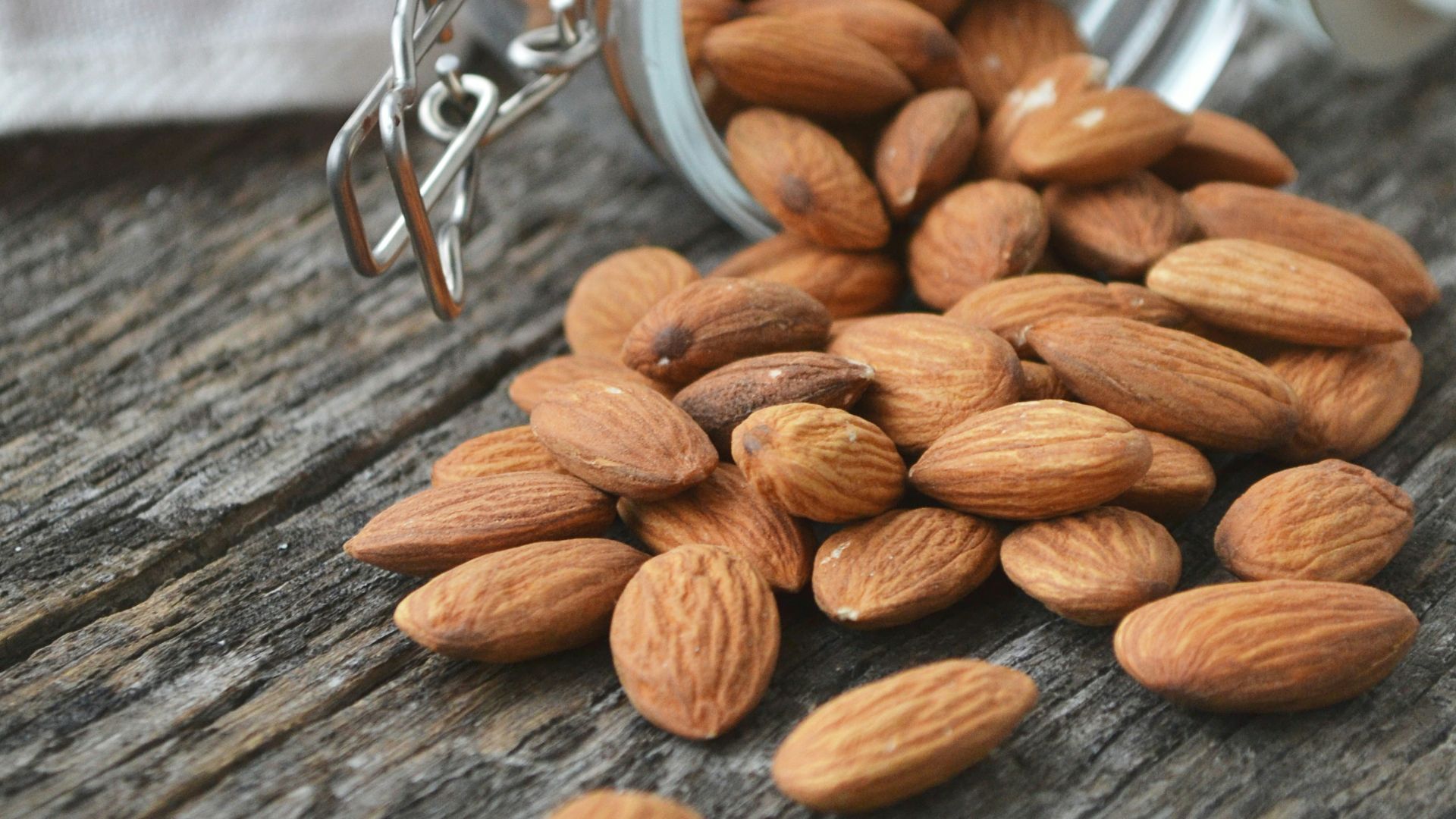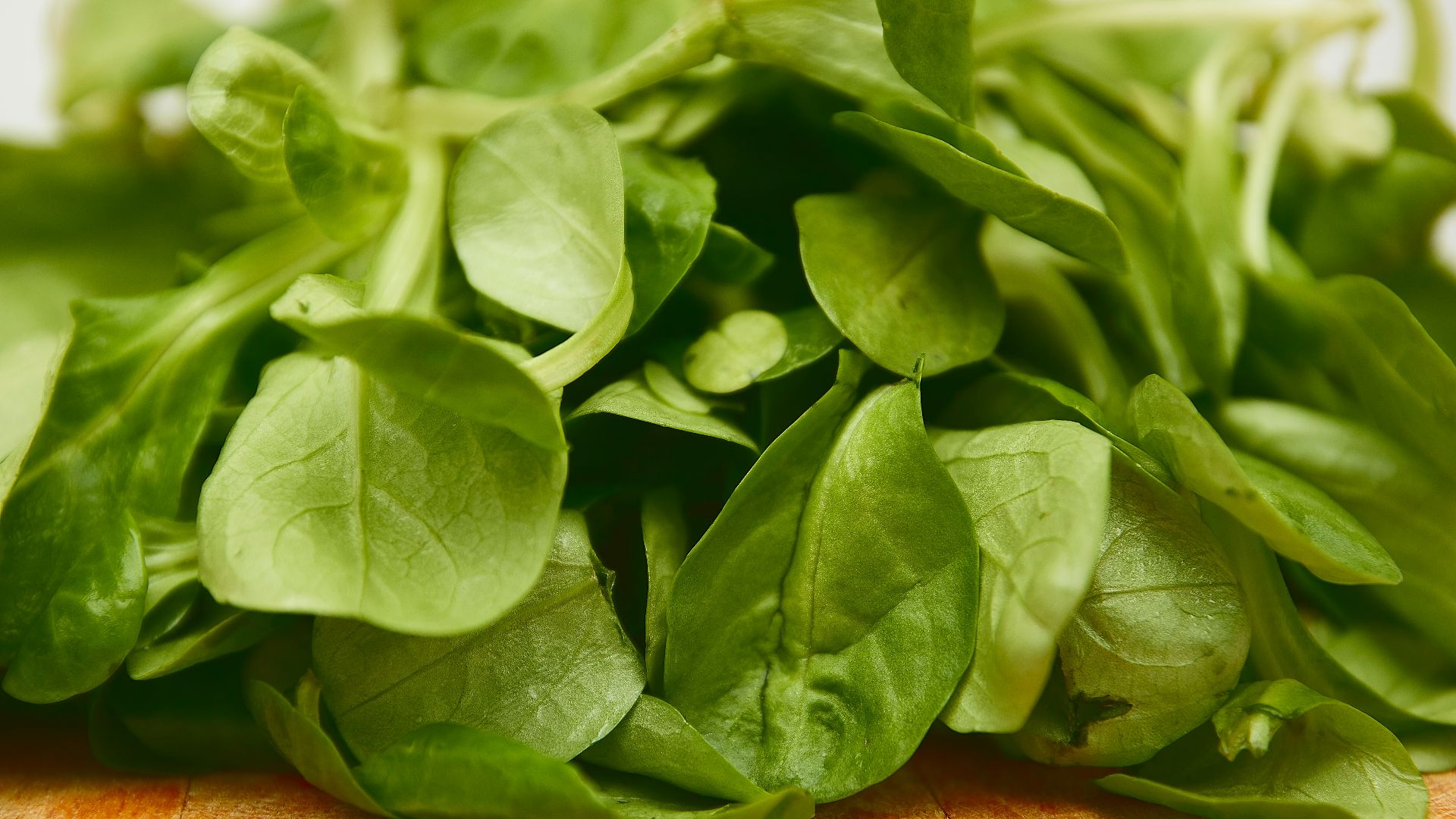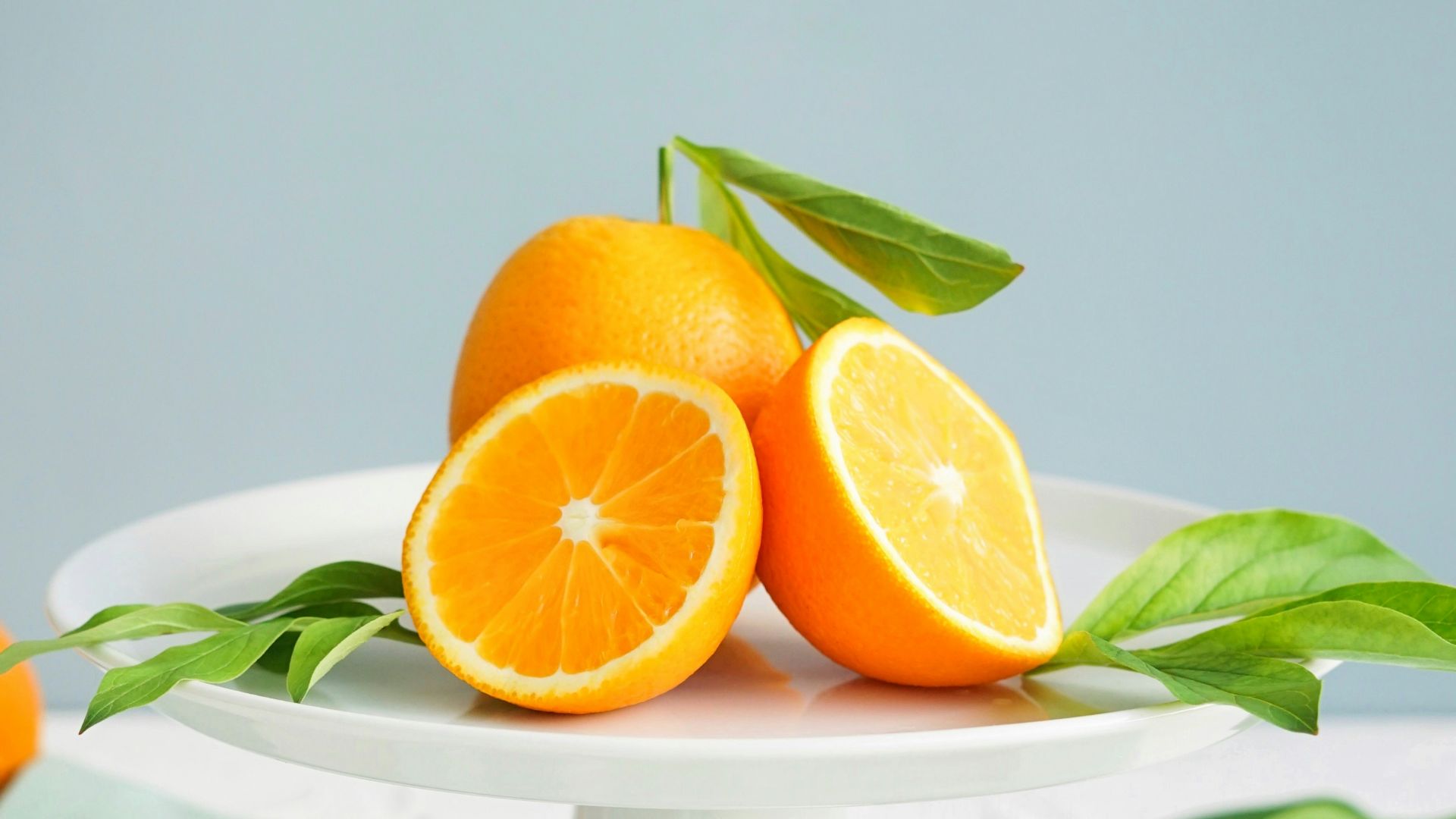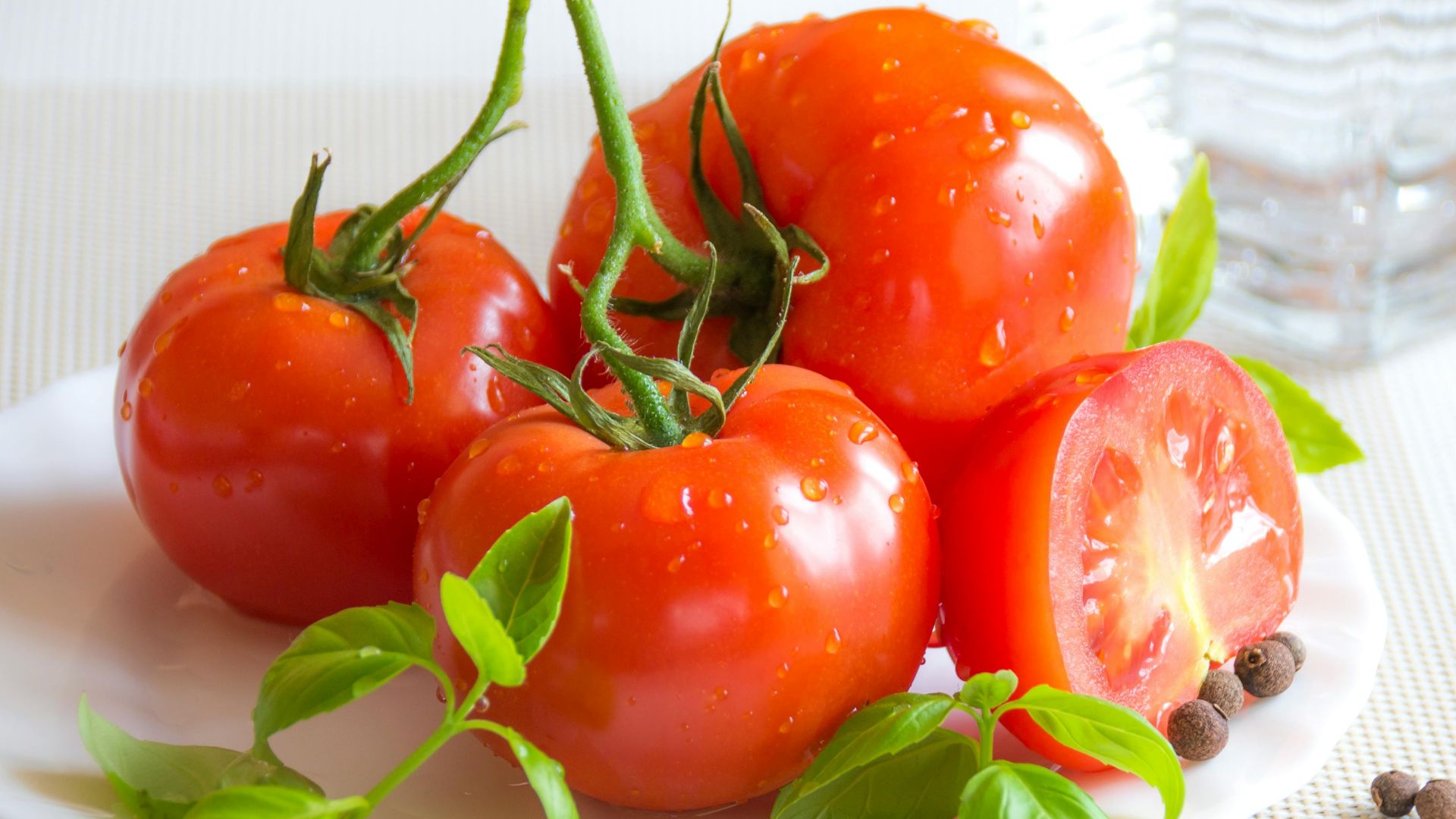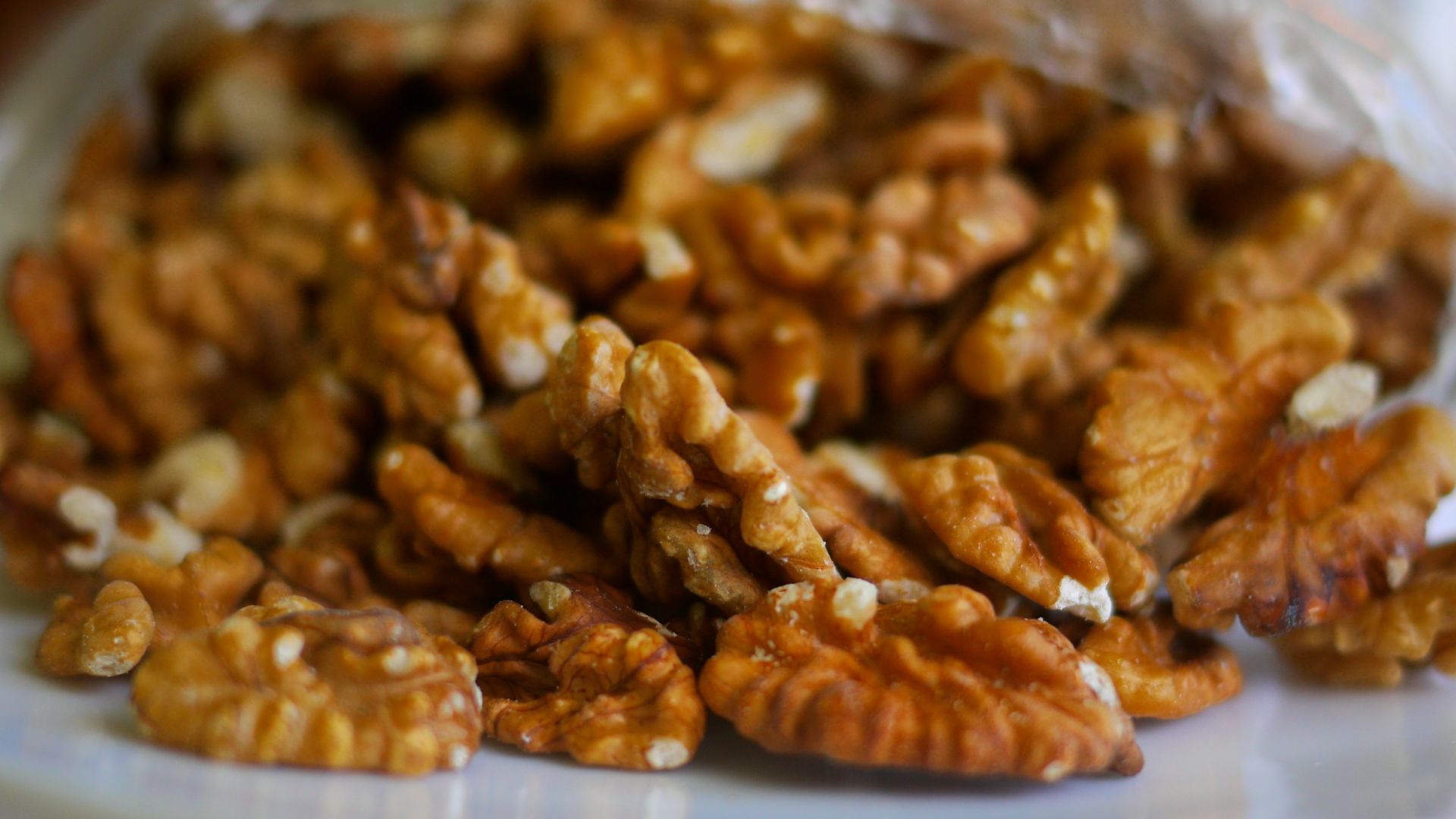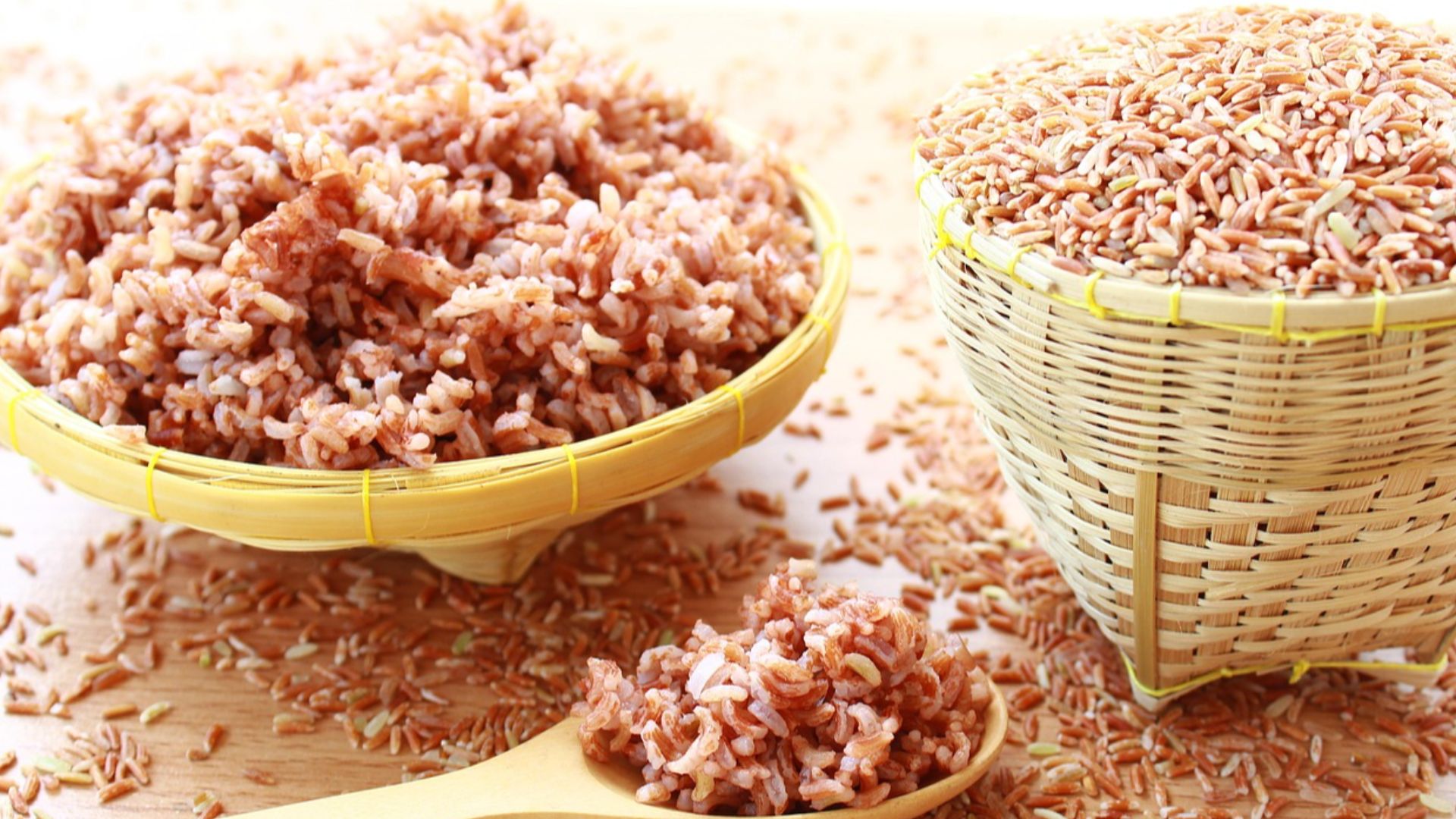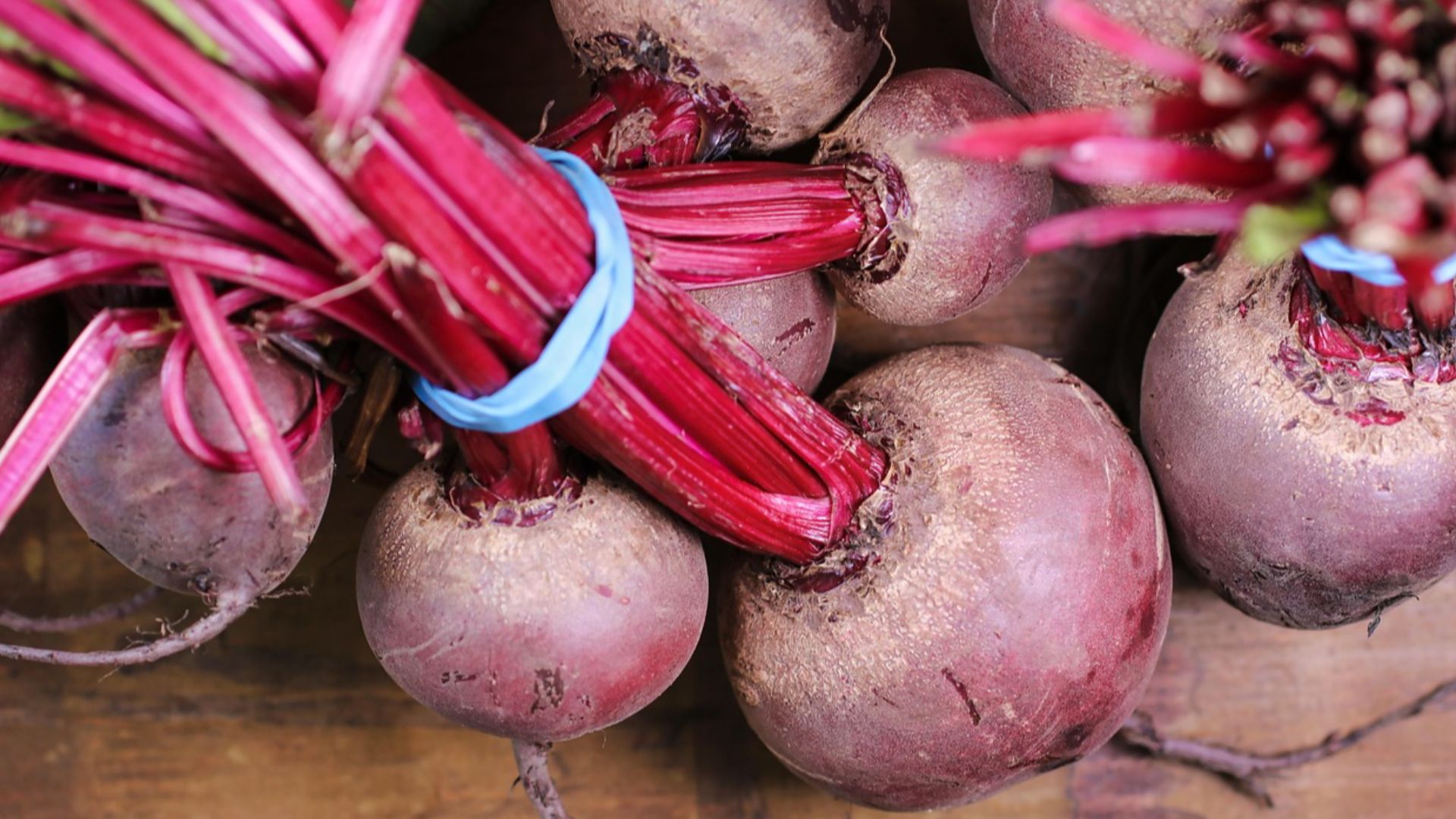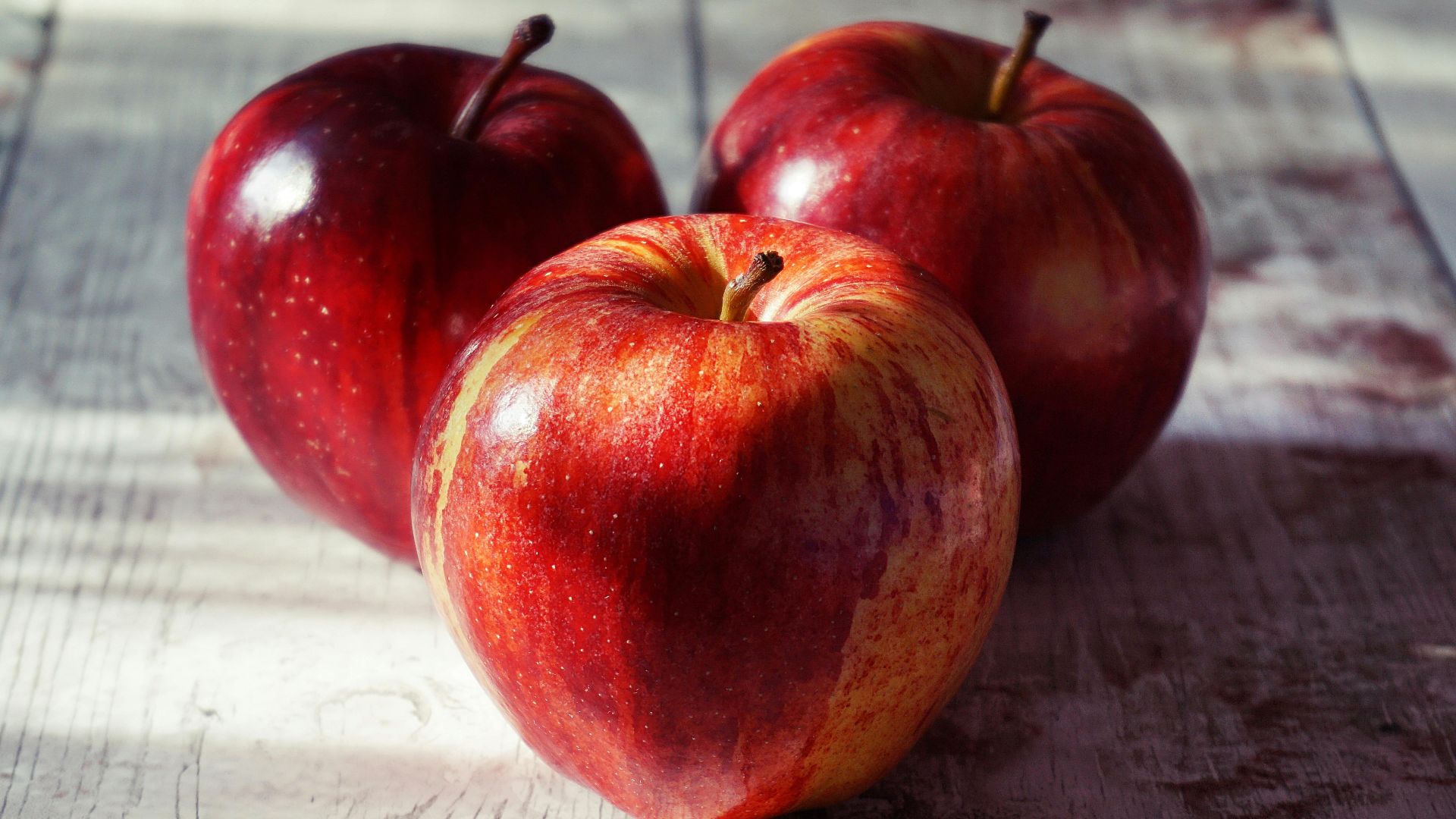Power Up Your Plate
The secret to living better might be hiding in plain sight. Imagine having more energy, clearer thinking, and stronger immunity all just by incorporating some new foods into your diet. These nutritional gems work behind the scenes, quietly turning your health while satisfying your taste buds. The path to wellness starts right in your grocery cart, so let’s get started!
1. Avocados
Did you know that avocados were once called "alligator pears" because of their shape and textured skin? These creamy fruits contain more potassium than bananas and are packed with monounsaturated fats that help reduce harmful cholesterol levels. Native to Central America, avocados have been cultivated for several years.
2. Blueberries
The vibrant blue color of these tiny berries comes from anthocyanins, strong antioxidants that fight inflammation and cellular damage. Indigenous to North America, blueberries have been used by Native Americans for medicinal reasons for centuries. One cup provides a good amount of your daily vitamin C.
3. Broccoli
Ancient Romans prized broccoli for its health benefits long before modern science confirmed its impressive nutritional profile. As a cruciferous vegetable, it contains sulforaphane, a compound that may reduce cancer risk by detoxifying harmful chemicals we breathe and ingest. Note that it supports bone health and immune function simultaneously.
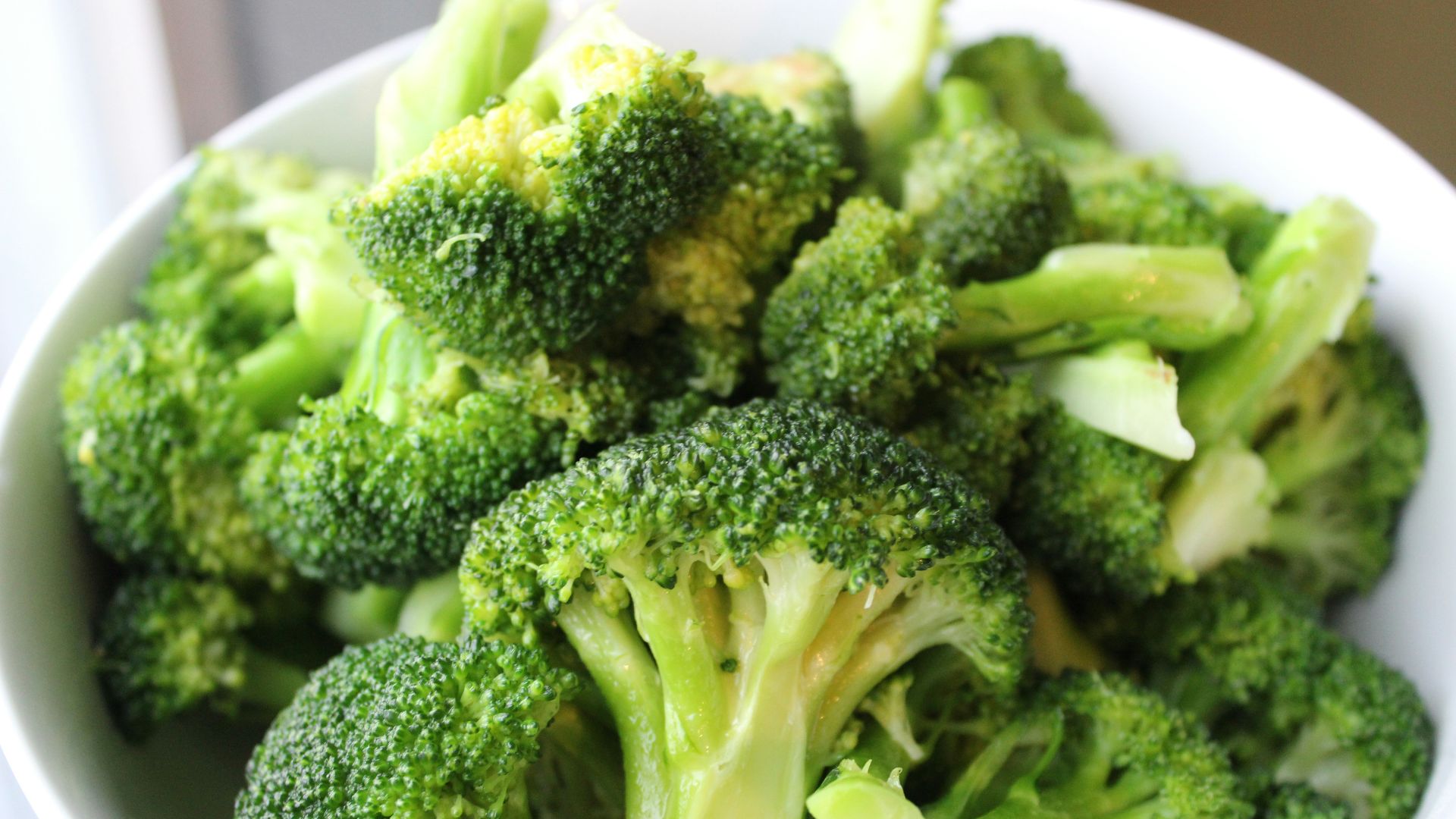 Tyrrell Fitness And Nutrition on Unsplash
Tyrrell Fitness And Nutrition on Unsplash
4. Chia Seeds
Here comes the tiny nutritional powerhouses that were once a staple food of Aztec warriors. Apparently, they claimed a single tablespoon could sustain them for 24 hours. When soaked in liquid, chia seeds form a gel-like substance that aids digestion and keeps you feeling full.
5. Eggs
Be it their nutrient-dense yolks or the high-quality protein in their whites. Eggs deliver complete nutrition in a neat little package. It is critical for brain development and memory. Contrary to past misconceptions, research shows that moderate egg consumption doesn't increase heart disease risk for most people.
6. Garlic
Vampires might avoid it, but your body craves the health benefits of this pungent bulb. Containing allicin, a sulfur compound with powerful medicinal properties, garlic has been used therapeutically for thousands of years across diverse cultures. It can even reduce blood pressure by up to a certain amount.
7. Kale
Before becoming a modern superfood sensation, kale was primarily used as decorative garden foliage in the United States until the 1990s. Its nutritional resume is amazing. Just one cup provides vitamin K, vitamin A, and vitamin C. The flavonoids present in kale also act as potent antioxidants.
8. Salmon
Wild salmon accumulate the omega-3 fatty acids that make them nutritional champions. These essential fats, EPA and DHA, can't be produced by our bodies but are vital for brain function and reducing inflammation. The American Heart Association even recommends eating fatty fish like salmon twice weekly.
9. Sweet Potatoes
That orange hue comes from beta-carotene, which is internally converted to vitamin A. It is important for vision and immune health. These root vegetables rank extraordinarily low on the glycemic index despite their sweet taste. In turn, this caused minimal blood sugar spikes compared to regular potatoes.
10. Almonds
The satisfying crunch of almonds has been enjoyed for ages now. They were even found in Tutankhamun's tomb! What’s remarkable is that almonds contain riboflavin and L-carnitine, which may aid cognitive function. They might be low in carbs but they are high in healthy fats and magnesium.
11. Quinoa
Pronounced "keen-wah," this ancient grain was called "the gold of the Incas" for the energy boost it provided their warriors. Quinoa's high fiber content helps regulate blood sugar and supports gut health. Technically a seed, it contains all nine essential amino acids, making it a complete protein.
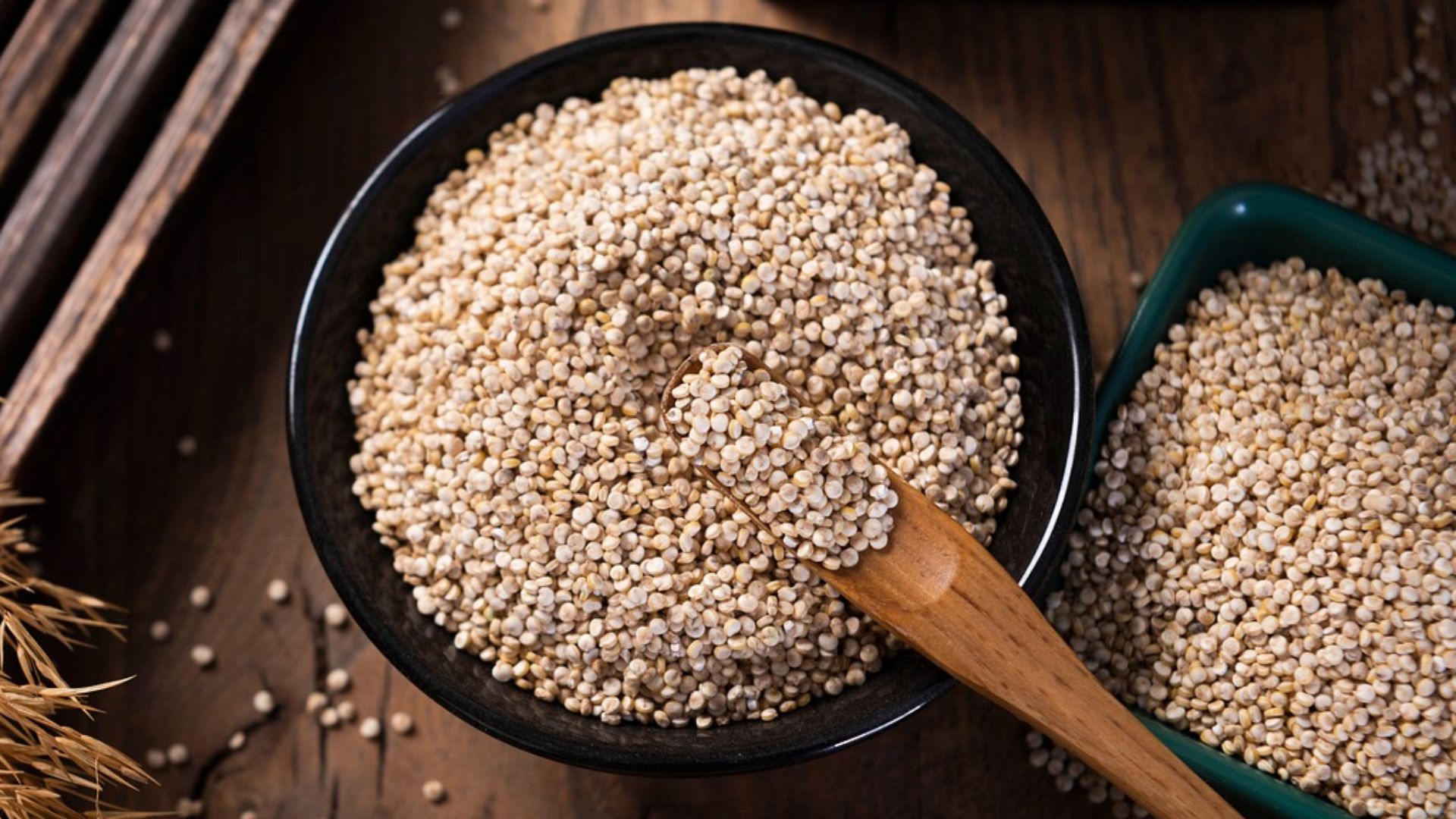 we-o_rd35ghczdq1090c5m on Pixabay
we-o_rd35ghczdq1090c5m on Pixabay
12. Spinach
Popeye had it right. Spinach truly is a strength-building superfood. Just one cup of this leafy green helps deliver your daily vitamin K needs, which is essential for blood clotting and bone health. According to the USDA, spinach contains more than a dozen flavonoid compounds that function as antioxidants.
13. Lentils
For just pennies per serving, these tiny legumes serve quite a good nutritional bang for your buck. Archaeological evidence shows humans have been eating lentils for over 13,000 years. Additionally, lentils have been known to control blood sugar levels and keep you feeling full for hours.
14. Oranges
The signature scent of a freshly peeled orange comes from limonene, a compound being studied for potential anticancer properties. Beyond their famous vitamin C content, oranges have more than 170 different phytochemicals and over 60 flavonoids. The World Health Organization recommends citrus fruits like oranges to boost immunity.
15. Greek Yogurt
Tangy and thick, the beloved Greek yogurt results from straining regular yogurt to remove the whey, creating a protein-packed powerhouse. The straining process triples the protein content—a 6-ounce serving contains 15-20 grams, equivalent to 2-3 ounces of lean meat. Apparently, the probiotics in Greek yogurt can improve digestion.
16. Tomatoes
Often mistaken for vegetables, tomatoes are actually fruits—fleshy, seed-bearing produce that develop from a flower, and a proud member of the nightshade family. It is rich in Lycopene, an antioxidant that helps heart health and brings down the risk of certain cancers. Tomatoes also possess lutein and beta-carotene.
17. Walnuts
Resembling miniature brains, walnuts appropriately hold nutrients that support cognitive function. Did you know that they are high in antioxidants? Walnuts basically help fight oxidative stress and can even lower the risk of chronic diseases. The ingrained healthy fats also lower bad cholesterol and make for a fantastic daily snack.
18. Brown Rice
Millions of microscopic bran layers give brown rice its characteristic color and nutty flavor. Keeping these layers intact means preserving valuable nutrients like magnesium, phosphorus, and B vitamins. The Whole Grains Council reports that people eating brown rice have a comparably lower threat of developing type 2 diabetes.
19. Beetroot
The magenta juice that stains your hands when preparing beets comes from betalains. These are powerful antioxidants with anti-inflammatory properties. British Journal of Nutrition research shows that drinking beetroot juice can lower blood pressure as effectively as some medications, thanks to its naturally occurring nitrates.
20. Apples
"An apple a day" isn't just a catchy phrase. It's sound nutritional advice. Apples are made up of quercetin, a flavonoid that helps regulate blood sugar and decreases inflammation. Similarly, the pectin fiber in apples feeds beneficial gut bacteria, which can reduce your risk of obesity.
KEEP ON READING

10 Best Post-Workout Meals & 10 To Completely Avoid




